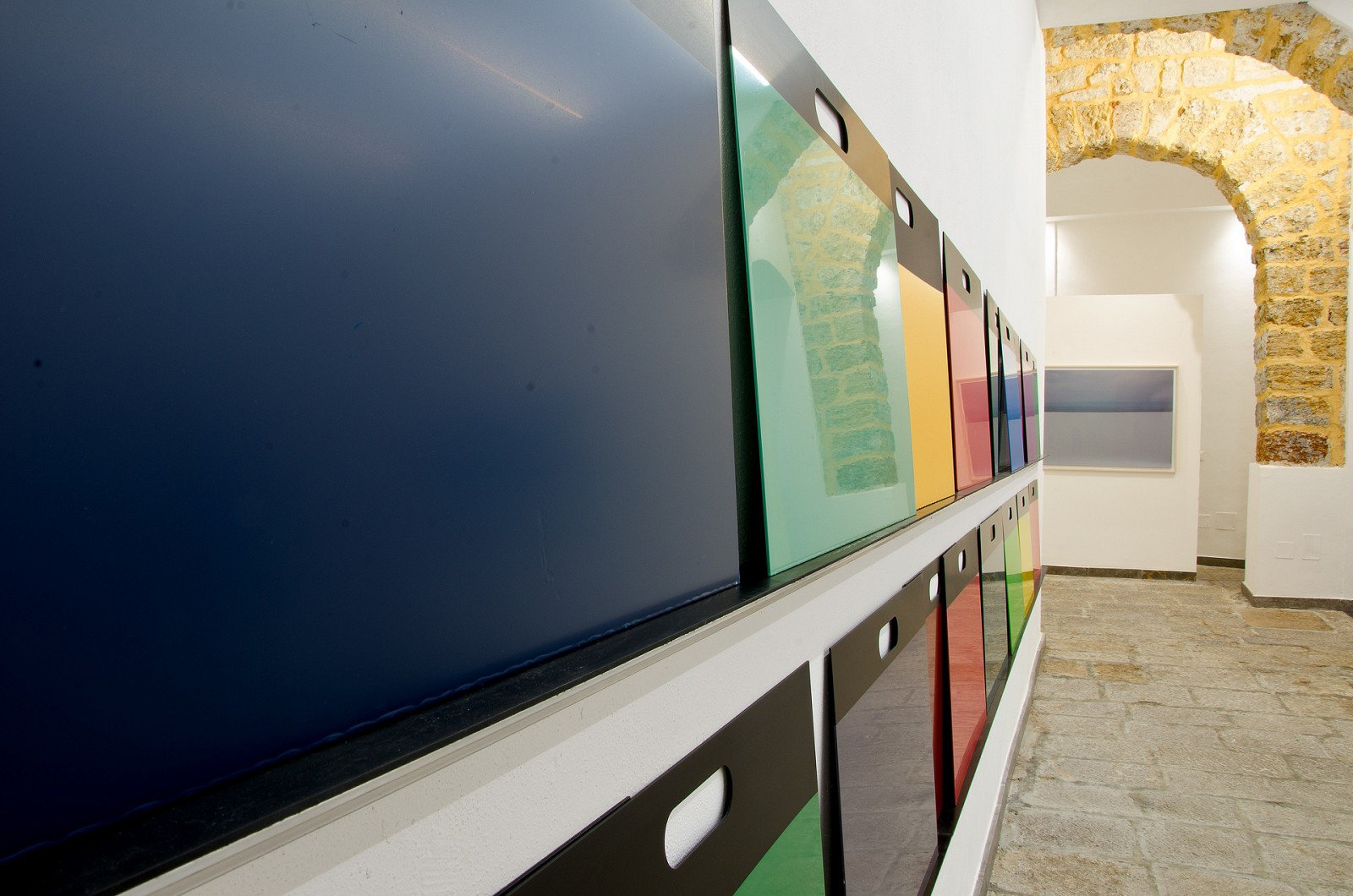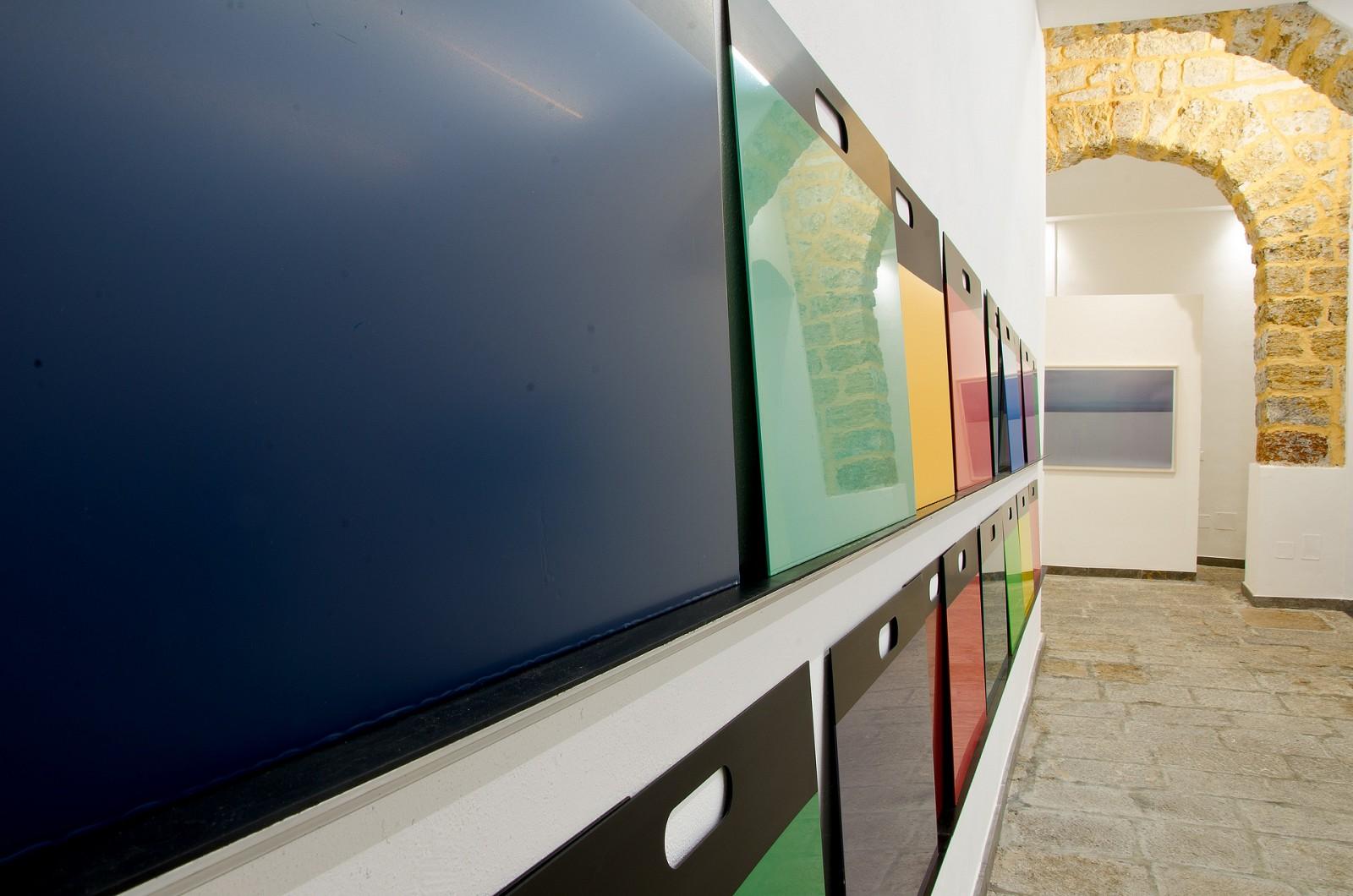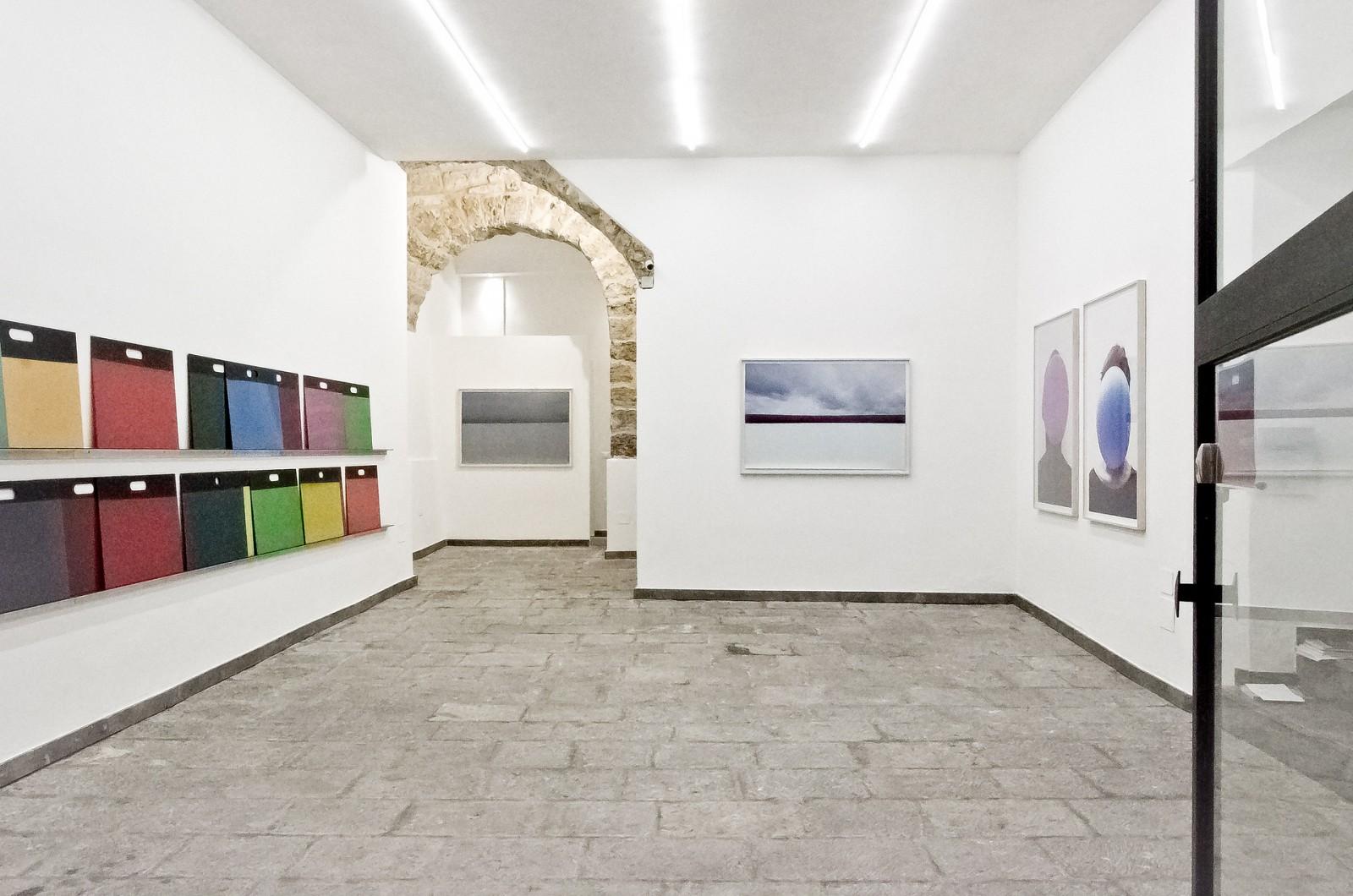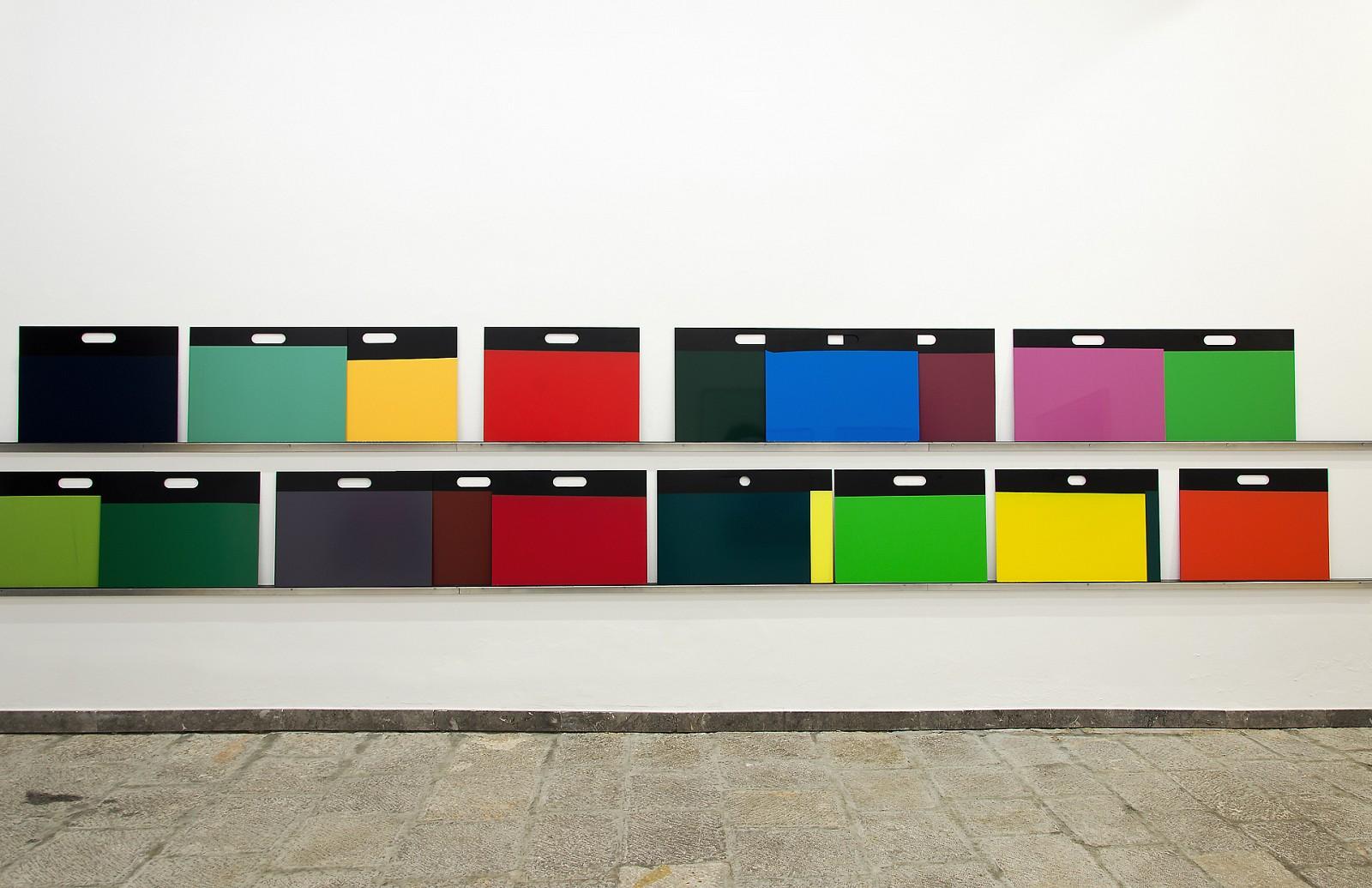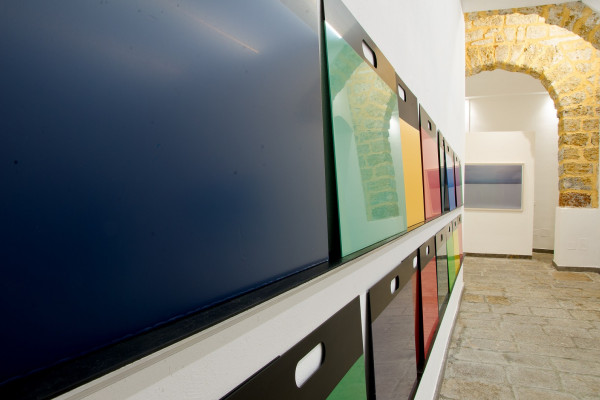Rainer Splitt
Color in motion / Where do we go next?
Color in motion / Where do we go next? is the first solo exhibition of Rainer Splitt's works in Italy. His works have been shown in numerous international gallery and museum exhibitions (most recently in the Museum Gelsenkirchen, Germany and Galería Fernando Pradilla, Madrid) and can be found in major public and private collections.
The German artist, best known for his varnish Paint-Lakes and Pouring boxes, bases his work mainly on color, and his works can now be identified as paintings, now as sculptures. A research that the German artist has been carrying out since the late 1980s when he began to realize the first "liquid paintings", color spots, pouring and diving, a mixture of paint and synthetic emulsions that, poured on a surface, emerge as intense and luminous shapes. Splitt, therefore, does not paint but pours, and in the act of pouring he studies the qualities of the liquid, its ability to spread and the process of gradual drying, a way of investigating the relations between space, matter and time.
In some cases, the color layers, gliding over each other, partially overlap and "erase" each other for subtraction by creating precise and elegant shapes that show Splitt's magnificent ability to govern color and matter.
Splitt studied in Germany, New York (International Studio and Curatorial Program), and in Rome (German Academy Villa Massimo).
The invasion of space by color has for many years been the hallmark of Rainer Splitt's work. The artist, who lives in Berlin, is best known for his large-scale color pourings: reflecting color-puddles on the floor, created by the simple act of pouring, gravity and the consistency of the paint. The color paints itself.
This concept of painting as an act with color results in three other work groups, which will be showed at RizzutoGallery: Immersed Landscapes, Immersed Boards and the Balloon Portraits.
Large format landscape photographs are dipped in paint vats; In addition to the depicted natural horizon, an irritatingly precise horizon of different layers of paint emerges, which conceal the depicted reality and juxtapose the uncovered part of the image with the reality of the outflowing color as the material of our vision.
Color-dipped panels are carried around by visitors; where does the image begin? And where does it end? Does the viewer change from subject to object when image and space become identical?
Even in the Balloon Portraits this difference is lifted.
The people portrayed frontally with the camera become active themselves by inflating a balloon and hide their individuality in the reality of color.
He exhibited in private galleries, museums and public institutions, such as the Kunstmuseum in Celle; the Museum für Concrete Kunst, Ingolstadt; the Museum Gegenstandsfreier Kunst, Otterndorf; and still the Museum Schloss Salder, Salzgitter; the Clemens_Sels-Museum, Neuss; the Neues Museum Weserburg, Bremen, and the Museum Langmatt, Baden, Switzerland.
He is present in public collections such as: Kupferstichkabinett, Berlin; Weserburg | Museum für Modern Kunst, Bremen; Kunstmuseum Celle, Celle; Sammlung Reinking, Hamburg; Museum gegenstandsfreier Kunst, Otterndorf; Staatliches Museum, Schwerin.
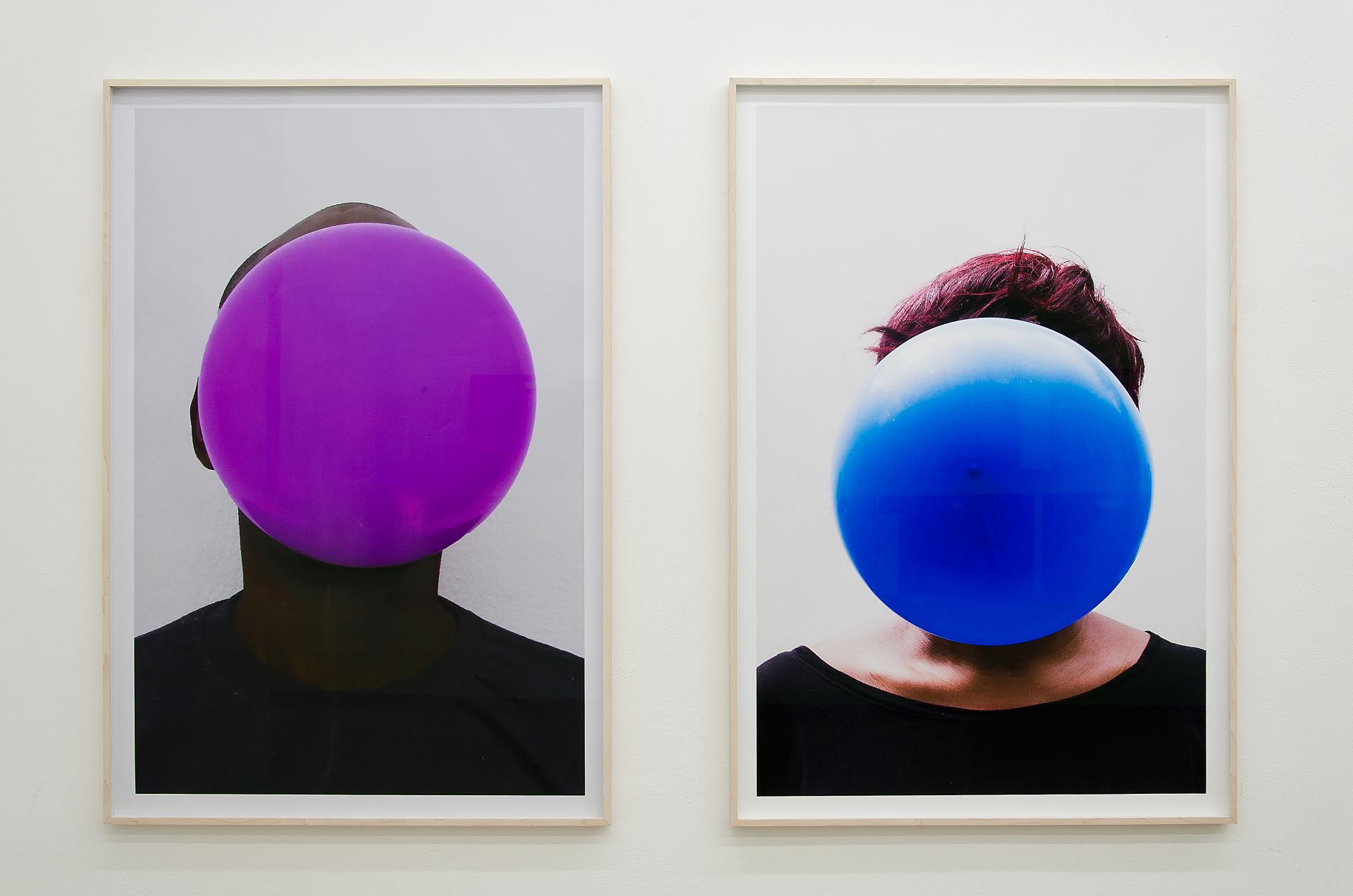
132 x 90 cm
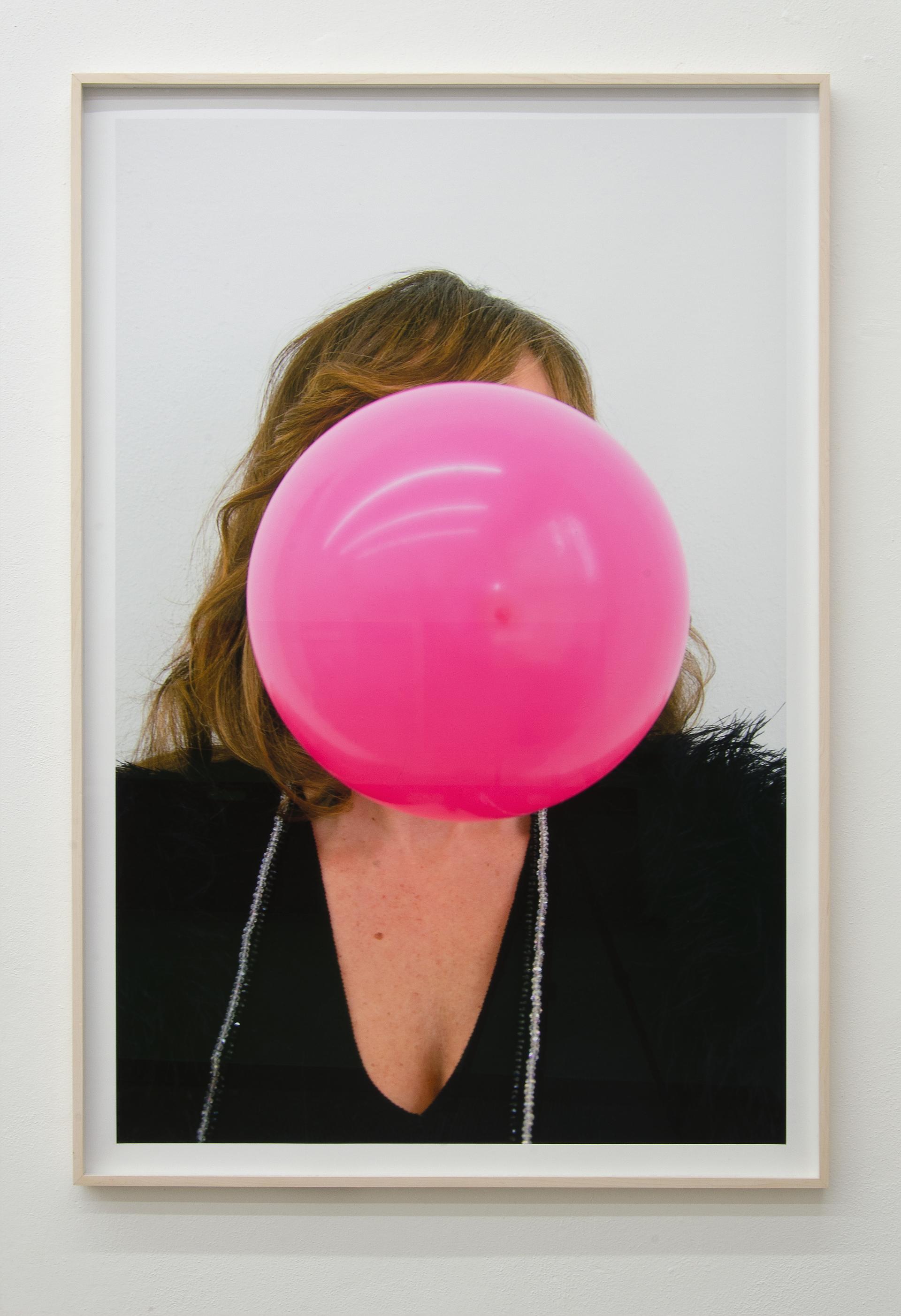
132 x 90 cm
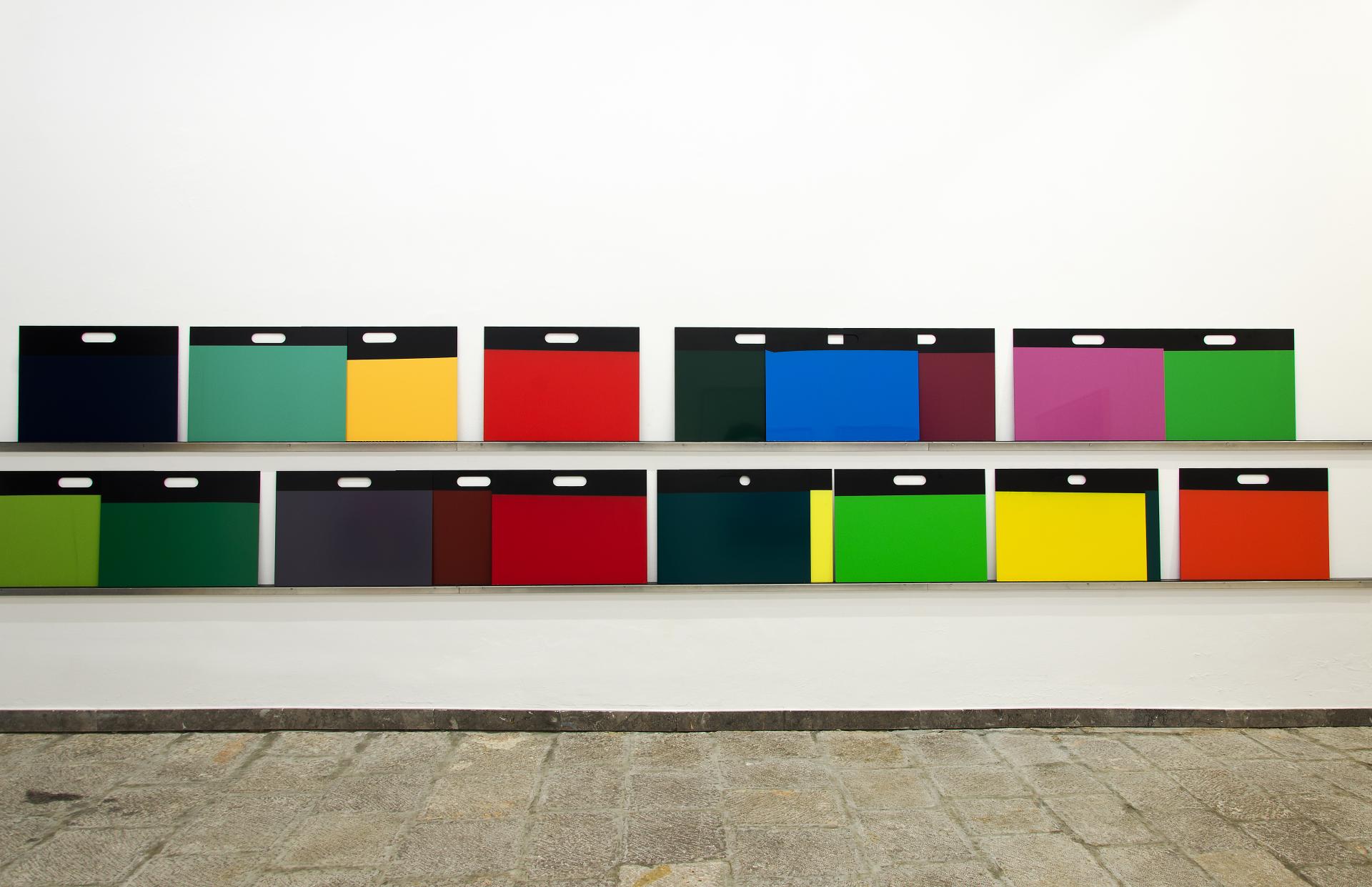
Installation view
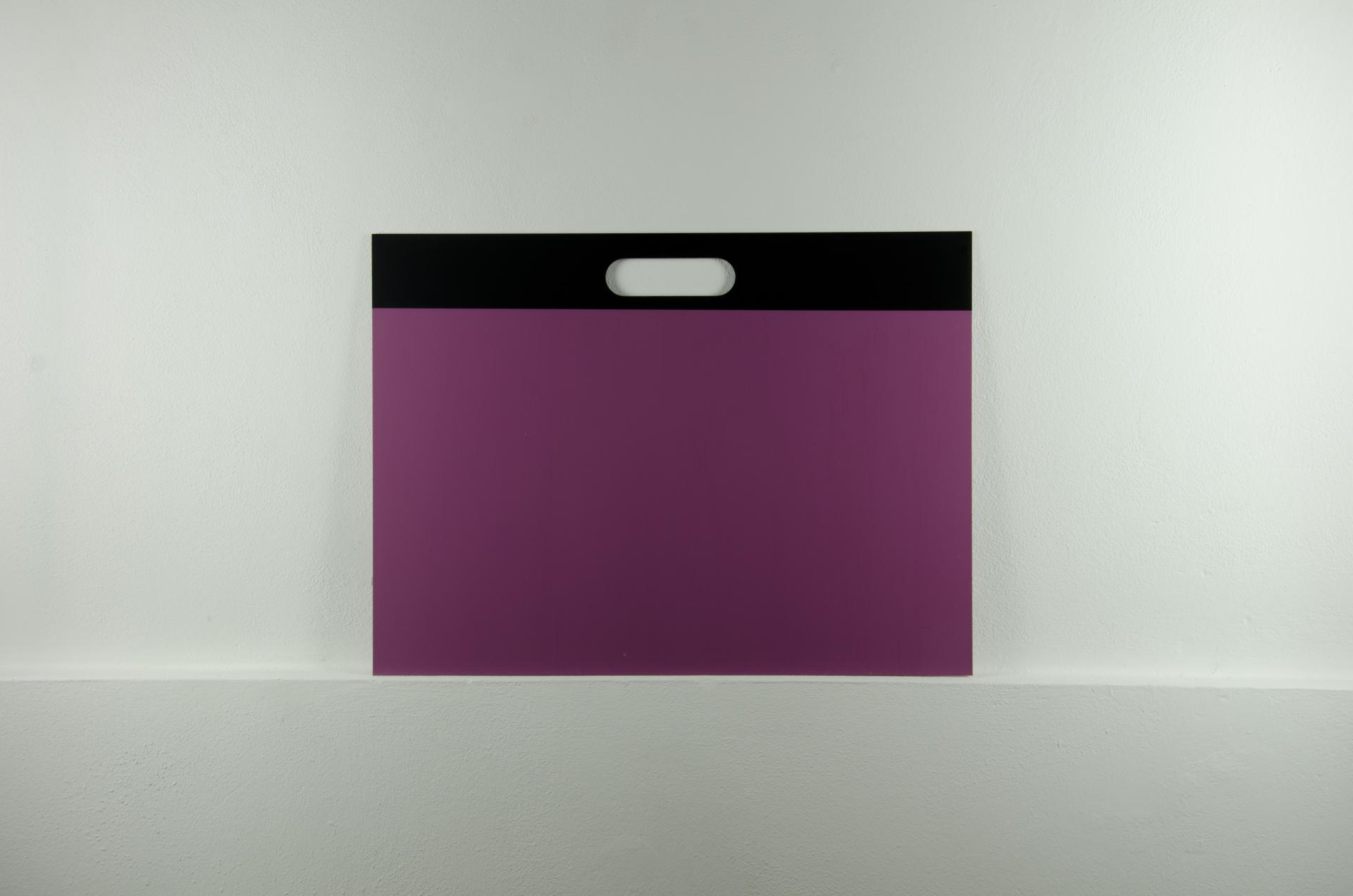
48 x 65 cm
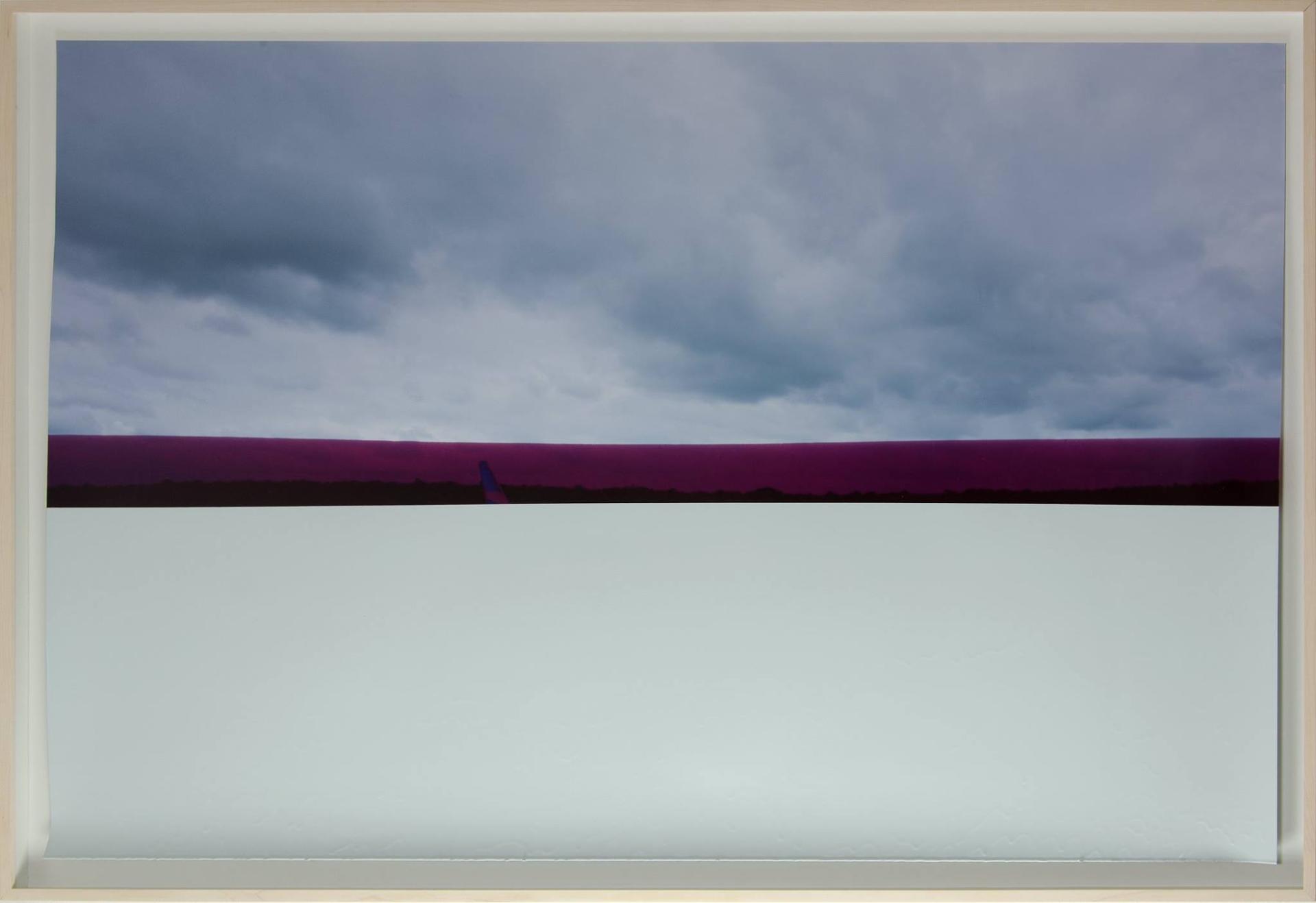
80 x 123 cm
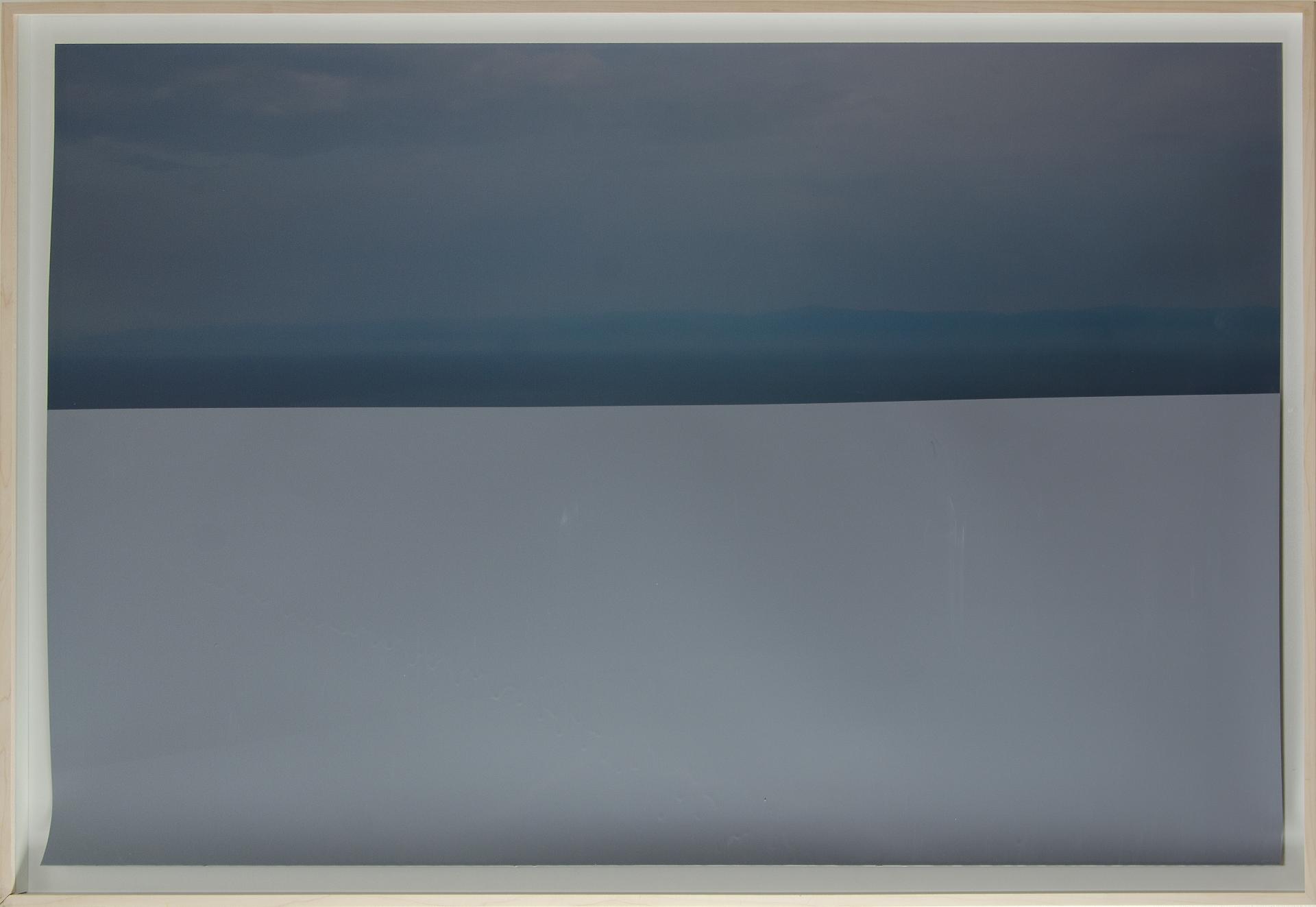
80 x 123 cm
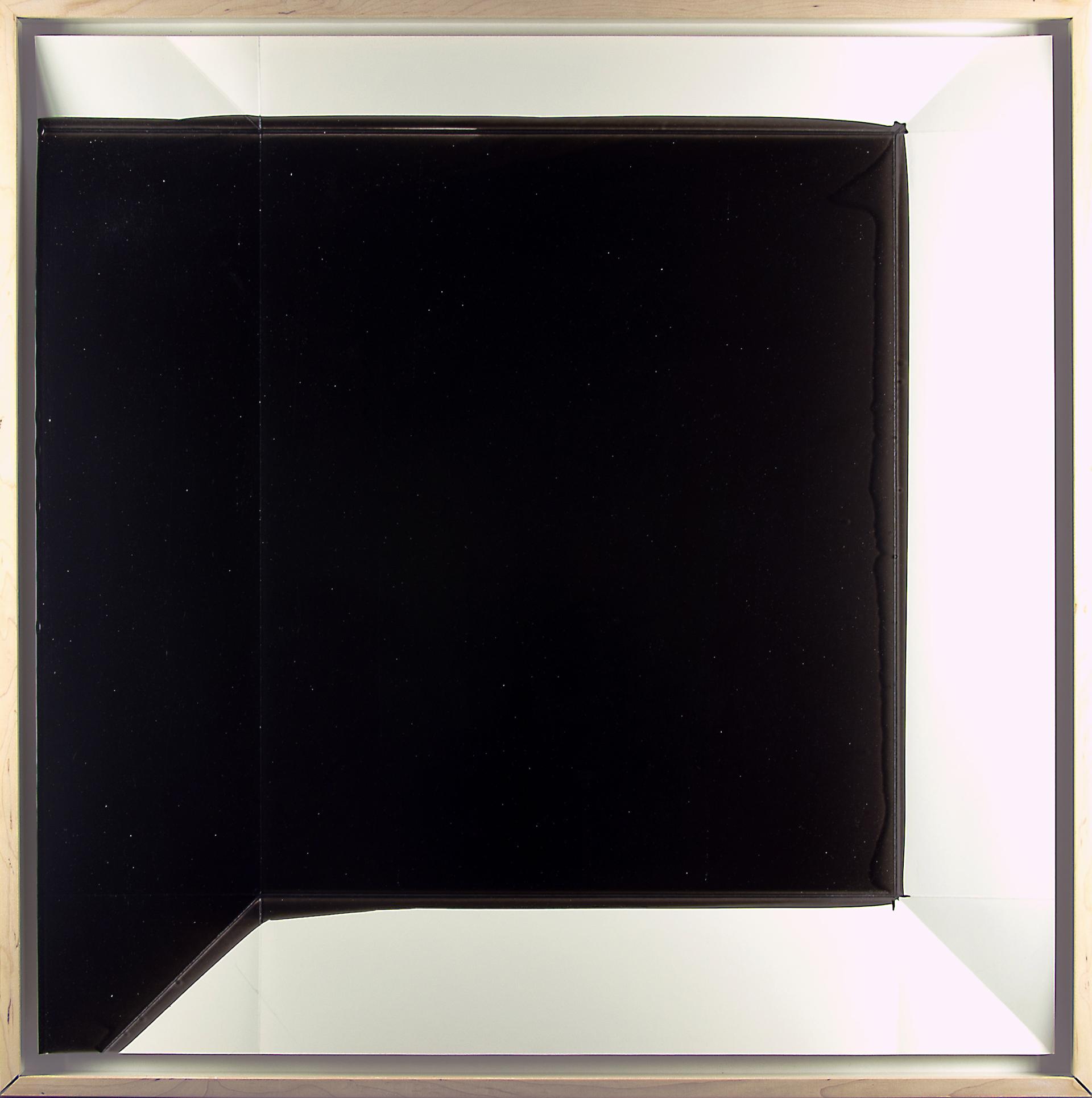
67,5 x 67,5 cm
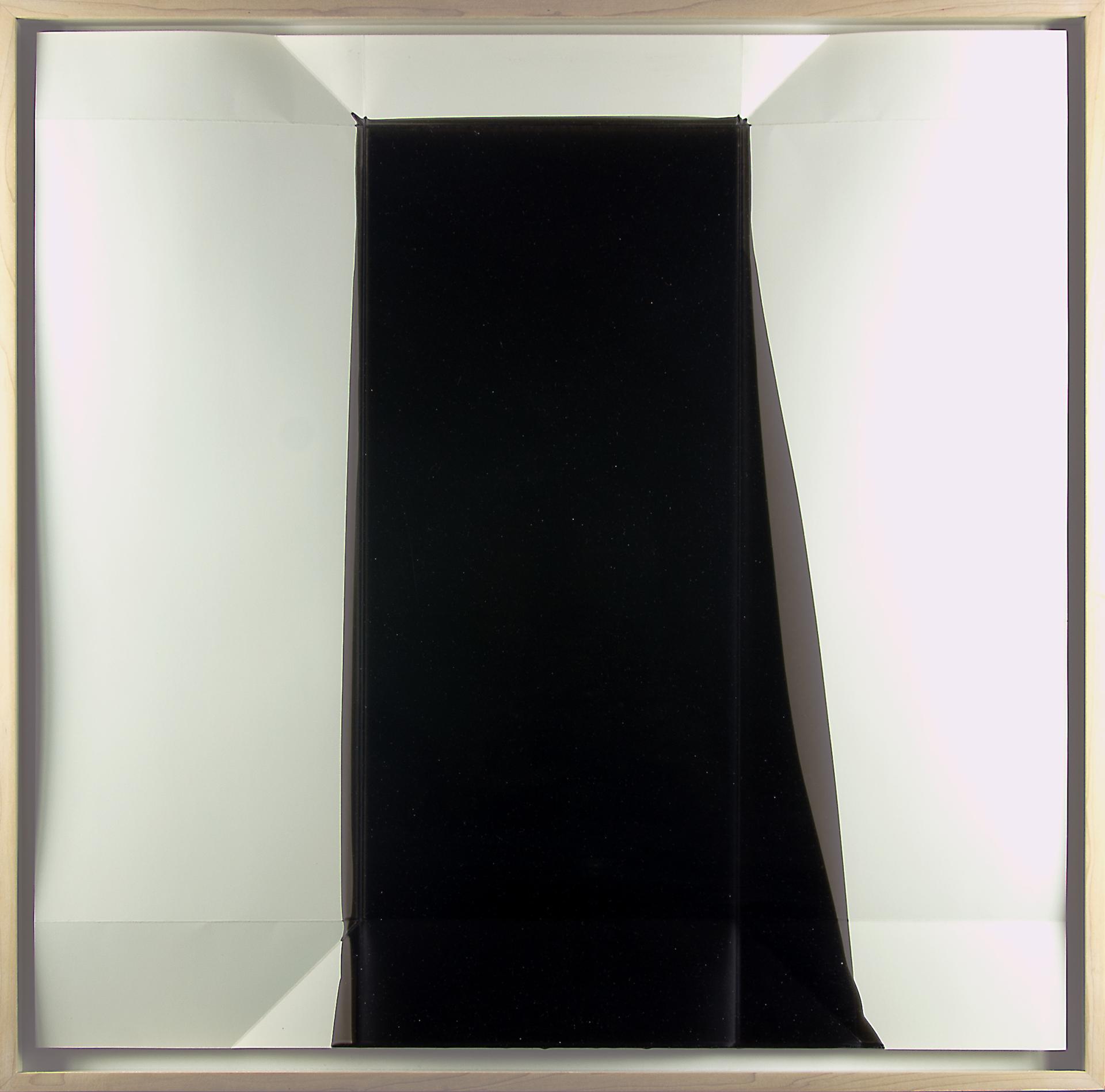
67,5 x 67,5 cm
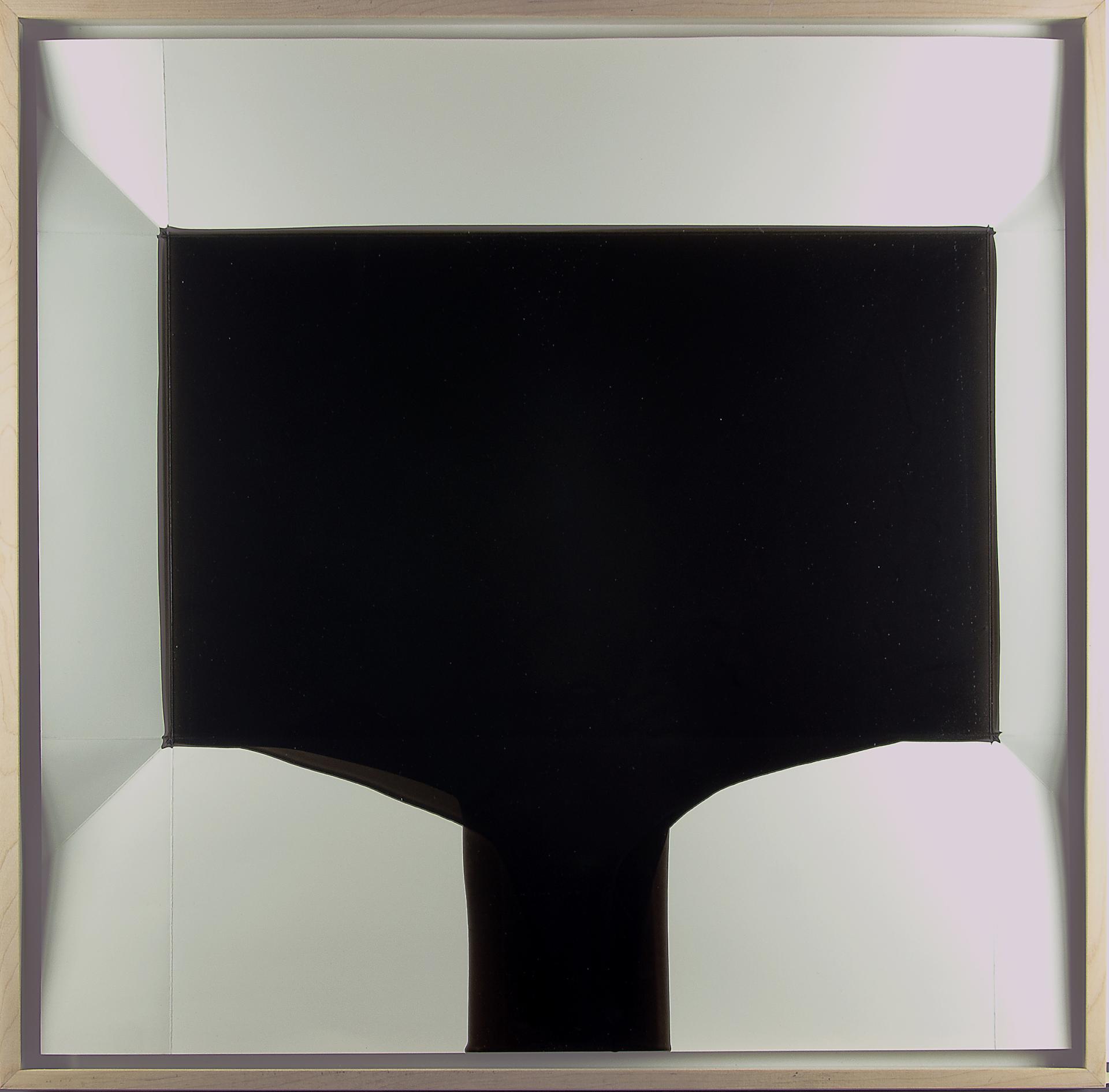
67,5 x 67,5 cm
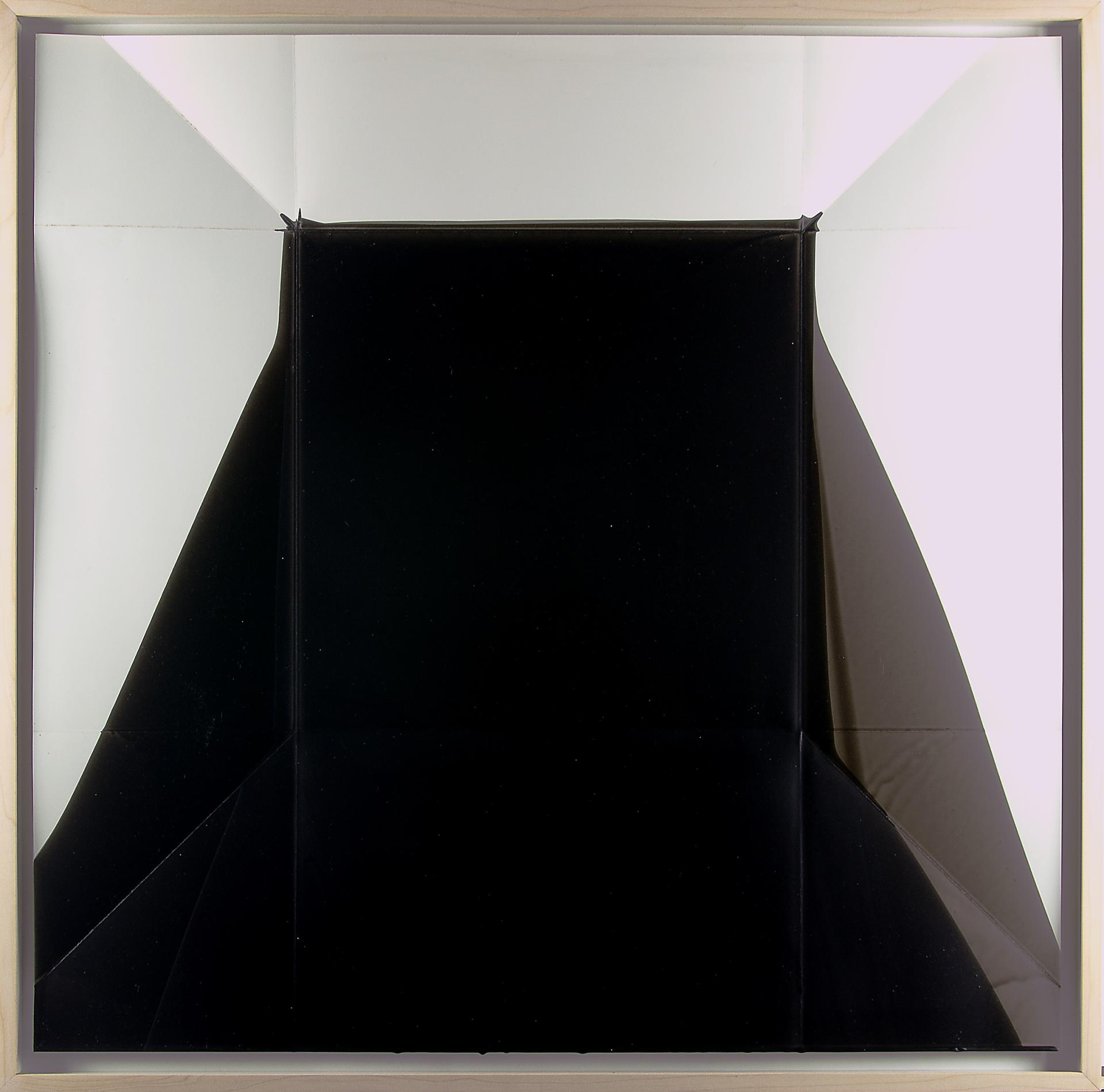
67,5 x 67,5 cm
